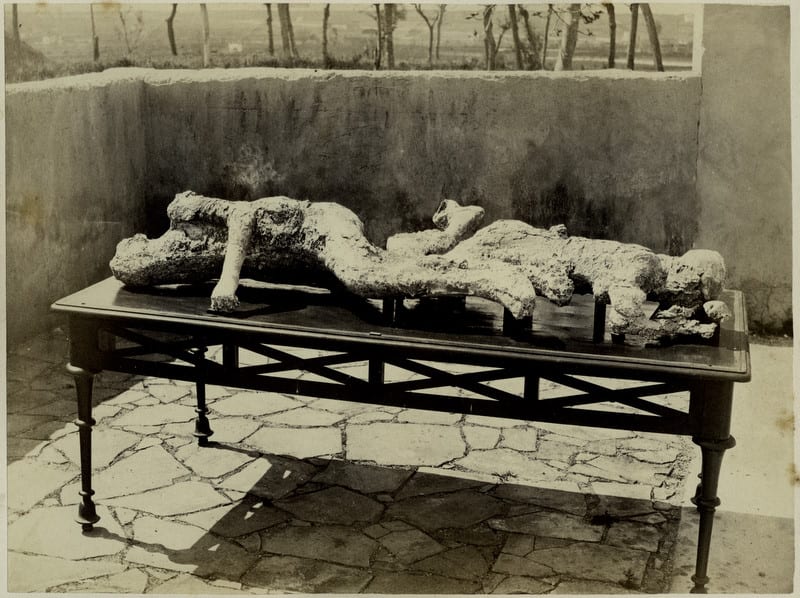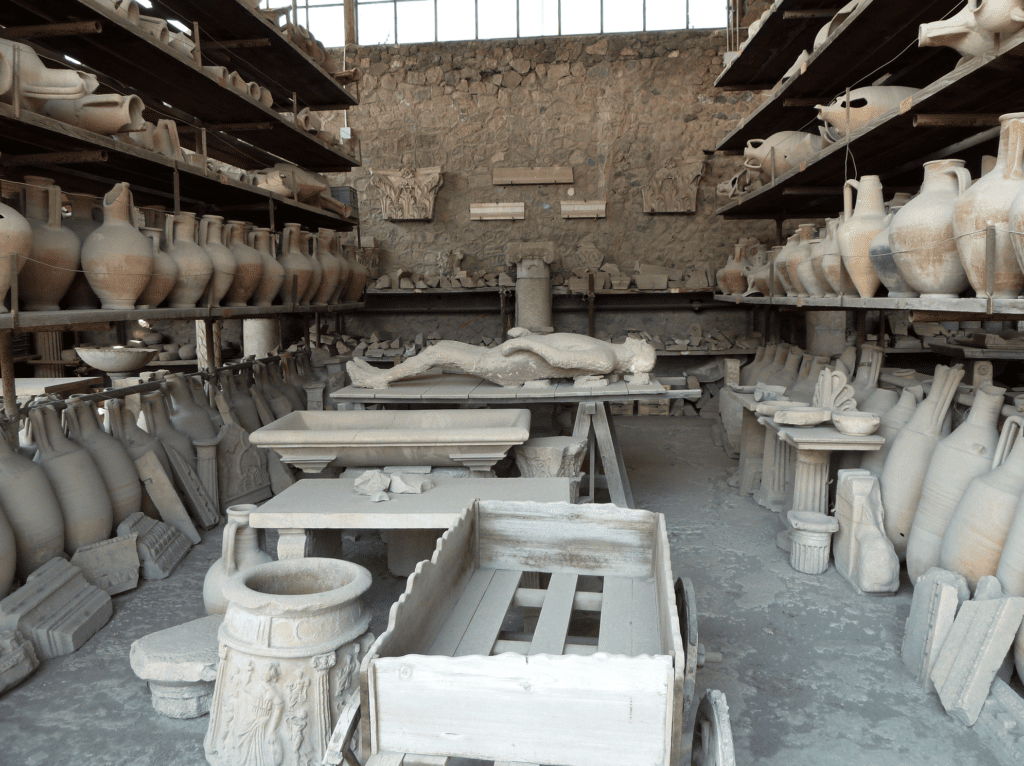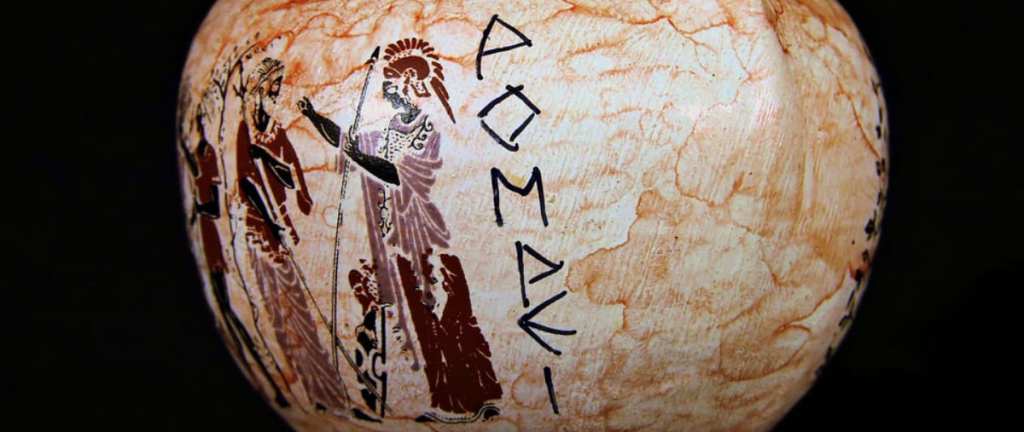Trending Now
Millions of people have seen the embalmed bodies of Pompeii at this point. Who could blame you for thinking there’s nothing left to learn about the tragedy that befell this ancient Roman city. Well, for all the Pompeii newbies out there, and even the casual enthusiasts and history buffs, here are 8 interesting facts for you to add to your arsenal.
Get ready to slay holiday party season, my friends. Who doesn’t love facts about dead people?!
#8. Young children were suffering from congenital syphilis.
We blame Columbus for bringing syphilis back to Europe from the new world, but this discovery puts that myth to bed (ha!). Surviving childhood was a feat in and of itself back then, and childhood diseases often left distinguishing markers on victims and survivors alike. Scientists have been able to determine causes of death and common diseases in Pompeii, which include – you guess it! – syphilis. The telltale markers were found on a pair of 10-year-old twin boys.

Photo Credit: Wikipedia
#7. The population was surprisingly cosmopolitan.
Pompeii was full of people from Greece, Gaul, and other Mediterranean countries, the genetic makeup of the city was akin to New York or London today. It wasn’t just Italians roaming these streets!

Photo Credit: Wikipedia
#6. They’re full of real bones.
A common misconception is that the plaster casts are empty husks, but because of the preservation method (Plaster of Paris poured into soft cavities in the ash) the victims’ actual bones are also encased.
#5. There’s a good chance they didn’t suffer.
Because some of the bodies were found bent in the fetal position, the prevailing theory for some time has been that the citizens of Pompeii suffocated beneath the ash – a death that would have been slow, terrifying, and painful. New information, however, points instead to death by pyroclastic surge, a kind of extremely high heat tornado. It would have instantly killed anyone in near proximity and bent their body in an extreme cadaveric spasm (that resembles the fetal position).
The fact that many of the bodies are found in relaxed positions also supports this theory, since this positioning would suggest that they saw no need to panic or prepare.
#4. One basement room raises some interesting questions about social hierarchy.
The people of Pompeii sought protection from the falling ash. One substantial group was found in a large, underground room. On one side of the room, the human remains were laden with material goods, while on the other, people had nothing but the clothes on their backs. Scientists, though, are somewhat torn on what this could mean.
On the one hand, the wealthy and poor could have separated themselves accordingly, but there is also a good chance that some of these shelter-seekers were thieves and looters who picked up what they could while fleeing. Or maybe some just decided not to bring their material goods along.

Photo Credit: Wikipedia
#3. Not one single person had a cavity.
Given that the eruption took place some time before dentistry was practiced, this may seem surprising. That said, the Roman diet consisted of fiber, protein, and fruits – hardly any sugar – and their air and water contained above average levels of fluorine, a beneficial chemical substance that remineralizes teeth and prevents the development cavities.
#2. It may have happened in the fall instead of late summer.
Pliny the Younger’s account has always seemed to point to an August 79CE eruption, but recent analysis of the victims’ clothing suggests an autumn eruption – a theory that is gaining ground in archeological communities.
#1. The victims represent a true cross-section of society.
For centuries it was assumed that the bodies belonged to the very young, very old, or the ill – people unable to flee when Vesuvius erupted. In reality, the volcano would have been spouting steam and giving other warning signs for days or even weeks, which would have given all residents ample time to leave, regardless of their age or health.
Most did not, since the smoking and spurting was welcomed as a good omen, something to be celebrated instead of feared. At least, until it erupted.
(h/t: Ranker)
We know you can choose a lot of sites to read, but we want you to know that we’re thankful you chose Did You Know.
You rock! Thanks for reading!






